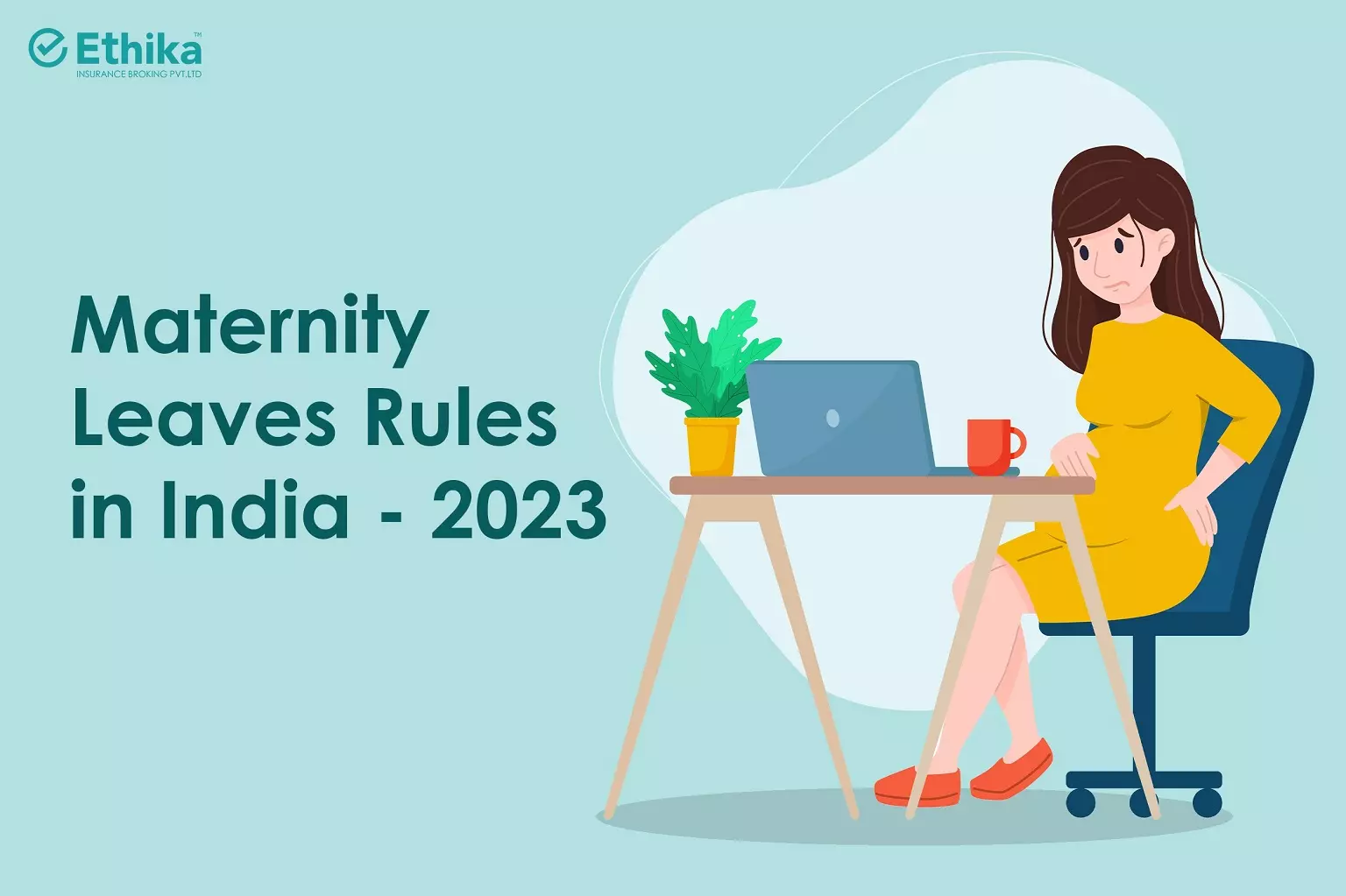
What’s on this page?
Maternity Benefit Act, 1961:
In 1961, the Maternity Benefit Act came into effect. It aimed to regulate the employment of working women for a specified period, including the time before and after childbirth. The act also provided for certain benefits such as maternity and others. This act is valid throughout India and applies to any workplace that employs women. As per The All India Services (leave) rules, 1955 maternity rules are as mentioned below:
- Maternity leave would be given to a woman employee on a full pay basis for up to 180 days from its commencement, subject to the woman employee having less than 2 surviving children. This means that the woman employee who had miscarriages or child deaths would still be eligible for maternity leave.
- The maternity leave shall not be added to the employee’s leave account but would be given on a need basis.
- Maternity leave can be combined with leave of any other kind without needing to produce a medical certificate. Up to 2 years can be availed for any maternity-related issues.
- Abortion or Miscarriage: In case of abortion or miscarriage, maternity leave may be granted for up to 6 weeks, for which a medical certificate is to be submitted.
- Adoption of Child: Any female member of the organization adopting a child below one year is eligible to avail 180 days of maternity leave, subject to the woman having less than 2 surviving children. The adoption leave will be counted from the date that it was taken. Adoption leave will be paid at the same rate as the salary before leaving on leave. The child adoption leave may be taken in conjunction with other leaves.
- If the child’s age is below one month at the time of adoption, a leave of up to one year may be granted.
- A maximum leave period of six months is allowed when the child has reached the age limit of seven months or more.
- You may leave for up to 3 months if the child is between nine and ten months old.
- Child adoption leave is different from casual leave and would not be added to the leave account balance of the employee.
Employment of Women Prohibited During The Maternity Period:
As per the Maternity Act 1961, there are certain guidelines for employers pertaining to the employment of pregnant women or women before and after delivery which are mentioned below. The rules apply to women seeking employment or working in certain places, such as factories, mines, plantations, or establishments where people are hired for equestrian or acrobatic performances.
- Employers should not employ any woman up to six weeks immediately after the delivery of miscarriage.
- Women should not work in any establishment for up to six weeks immediately after the delivery of a miscarriage.
- Women are not recommended to work in jobs that require long hours or are exhausting. These types of jobs can interfere with pregnancy and the growth of the fetus, which could lead to miscarriage.
- A woman who has suffered from a pregnancy-related illness, an early birth or miscarriage can get up to a one-month leave if she produces the supporting documents.
Dismissal or Removal From Service During Maternity Leave:
There are certain provisions for pregnant women proceeding on maternity leave regarding their employment, such as dismissal or removal from services which are mentioned below:
- If a woman has taken maternity leave and is away from work, the employer cannot discharge her or remove her from the active force unless there is misconduct.
- In case of discharge of the woman employee on the grounds of misconduct, the same shall be communicated in writing by the employer to the woman regarding her relieving from the duties.
- Any woman deprived of maternity leave or maternity bonus can take up the issue with the relevant authorities within 60 days from the date the deprivation order is communicated.
Paternity Leave In India:
The paternity leaves are the leaves that can be availed by any male member of the organization who has been a father of a child subject to less than two surviving children. The paternity leaves can also be given to the probationer if his wife has delivered a baby. The leave should be claimed within six months following the date of birth.
- The maximum amount of leaves a male member can avail under the paternity leave section is 15 days within the immediate 6 months from the delivery date of the child.
- During the 15-day paternity leave period, the employee would be paid a salary equal to the last salary drawn by the employee before proceeding for leave.
- Combining parental leave with another kind of leave is possible.
- Parenting leave would not be added to the leave account balance of the employee but would be given on a need basis.
- Employers cannot reduce paternity leave under any circumstances. Paternity leave would be lapsed if not availed within the specific time period.
Paternity Leave for Child Adoption In India:
Paternity leave for child adoption rules are mentioned below:
- Any male member serving the organization and having less than 2 surviving children shall be eligible for taking paternity leave for up to 15 days, subject to the condition that the leave should be availed within 6 months from the date of adoption.
- During the 15-day paternity leave period, the employee would be paid a salary equal to the last salary drawn by the employee before proceeding for leave.
- The parental leave may be taken in conjunction with another type of leave.
- Parenting leave would not be added to the leave account balance of the employee but would be given on a need basis.